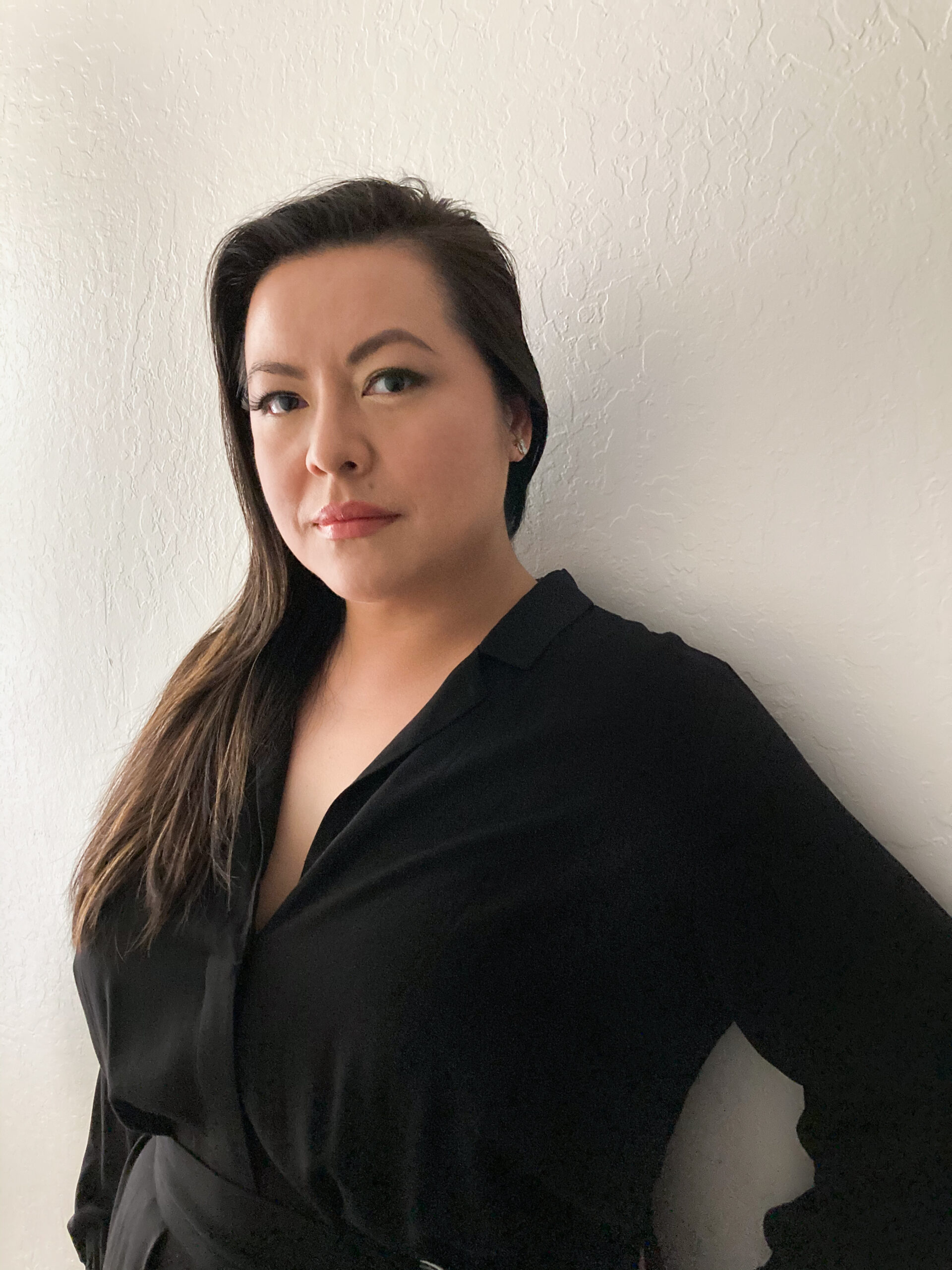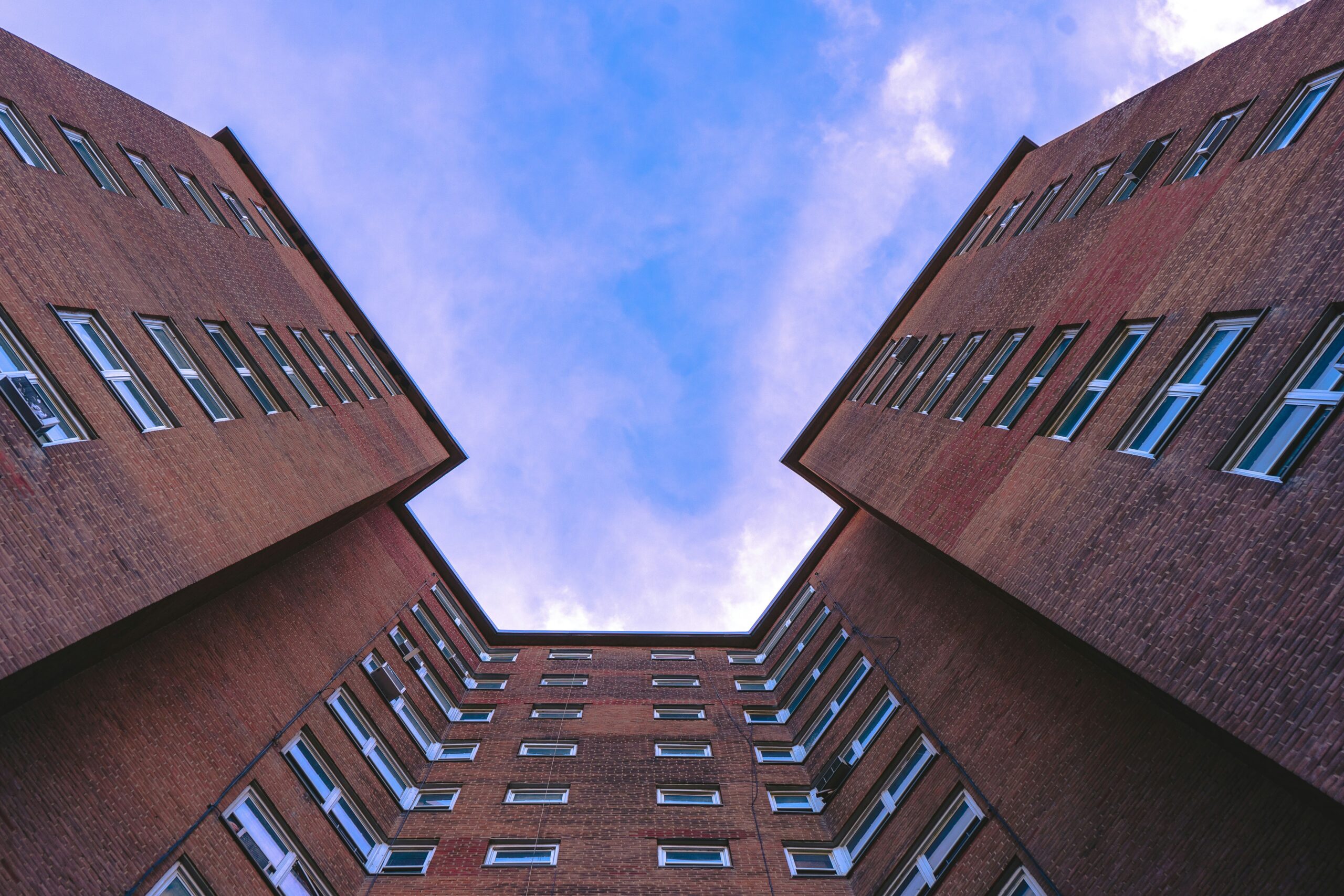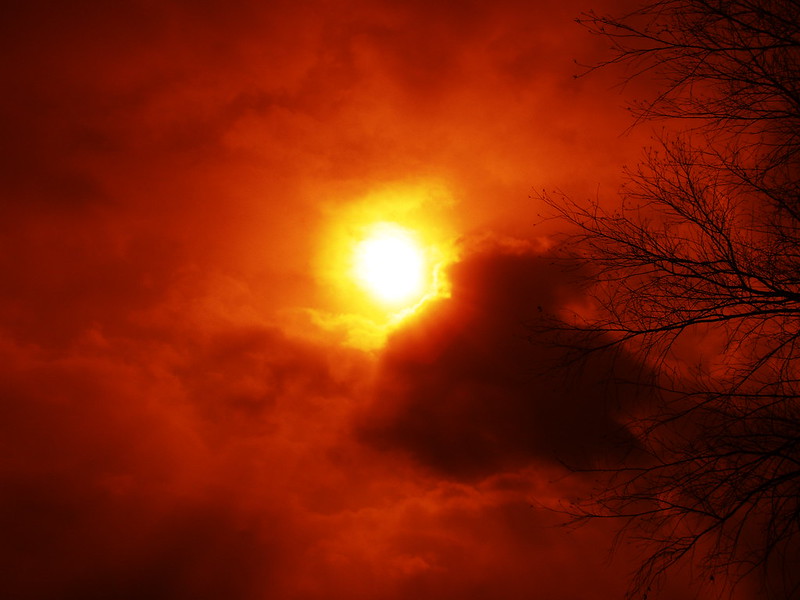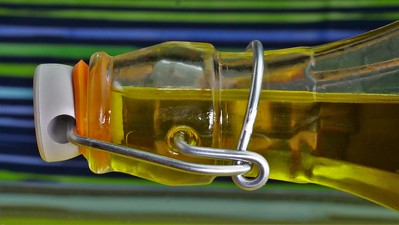Lisa Lee Herrick is a finalist for the Restless Books Prize for New Immigrant Writing.
The illuminating essays in Lisa Lee Herrick’s Endangered Animals describe contemporary Hmong American culture and community with journalistic vigor and a keen sensitivity. With great authority, Herrick interrogates what is lost in personal, ancestral, and cosmic terms when a family leaves the homeland that holds their history, their forebears, their mythologies. Displaying a deeply felt sense for the customs, rituals, and folkways that re-evoke left-behind terrain, she conjures it anew amidst the unfamiliar realities of immigrant life. How do we maintain a diasporic culture? How can we uphold and bolster the spirit in the face of war, migration, and forced adaptation and erasure? These essays of startling range and vision provide new ways of thinking about these essential quandaries of our age.
This excerpt is adapted from an essay originally published by Emergence, which was included in Best American Essays 2021.
Days before California governor Gavin Newsom mandated the statewide stay-at-home order on March 19, 2020, which effectively paused all nonessential economic activity and travel for nearly forty million residents, a Facebook post from a publishing acquaintance popped up in my news feed. His collage of photos and videos were taken, he claimed, during a past trip to China years ago, and they caught my eye because they featured an array of skewers arranged in neat, vertical piles—including grubs and scorpions—heaping piles of brown foods garnished with chopped scallions, and a balding, middle-aged Chinese man, lips pursed, clearly enjoying his meal. Above it, my acquaintance wrote: A few photos/videos from a “live animal market.” Any questions? I held my breath, watching the flurry of gray ellipses begin to dance in the comments.
Maybe someone will point out the obvious error: these are photos and videos from a street-food marketplace, where food is cooked to order, and not a “wet market” at all—where live animals are butchered or trafficked to meet global demands for exotic wildlife trade, and where the first outbreak in Wuhan may have begun.
Instead a woman wrote, “The devil exists, it’s human.”
The condemnations that followed were a frenzy of vomit emojis and a confession: one animal rights lawyer had sought to forcibly close a San Francisco Chinatown meat market on the basis of personal principles and not, as claimed, for the sake of public health per se. Others pointed out the contradiction of not protesting the live meat vendors that were still operating at farmers’ markets in the East Bay. One man wrote, “I don’t even know what this is. Worms? Eels? Octopus tentacles?” My Facebook friend, who had once won an award for his plant-based–lifestyle advocacy and co-founded a popular vegetarian magazine, wrote: “Worms, Jeff.” I was appalled and felt betrayed: it was clearly a plate of cooked tripe, julienned into ribbons.
He had cherry-picked the most unfamiliar dishes from the street-food market—skipping the alleys where woks of fried noodles with black bean and sesame paste, vats of freshly boiled soy milk, and delicacies refined by generations of ascetic Buddhist monks tantalized vegetarian and vegan palates. Worse, he presented photos for shock value, and to stoke disgust, while declaring a lie: that Chinese people eat live worms. It was a move straight out of the dog-whistle playbook, a subtly coded message designed to spark irrational fear while maintaining the veneer of plausible deniability.
My jaw clenched, and I felt waves of blood surging in my ears like a tsunami of white noise. My fingers hovered over my keyboard, trembling slightly with rage. Do I really want to jump into this conversation—again? I couldn’t help but notice that the commenters were mostly white, all smiling self-assuredly from their pinpoint profile photos, while caressing chickens or embracing lettuces, and they gleefully lobbed ad hominem attacks against the anonymous vendors and customers whose daily lives had been intrusively exposed for thinly veiled acts of racialized aggression in the name of vegetarianism and animal-rights advocacy.
No one said “coronavirus.” They didn’t have to.
Food is a common access point to deeper conversations about the lived experiences that unite us, as well as those that divide us. Cuisines and cultural food pathways emerge as culinary histories of how people have survived against hunger and famine, against displacement, loss of country, and despair. How we eat—and what we eat—are clues to the evolutionary DNA of our cultures. It is literally a matter of taste—but racism fouls the mouth, makes waters bitter, and poisons our connections to one another no matter the era.
Why do we nitpick Chinese food pathways and demonize Asians in general for participating as major suppliers and consumers in the global demand for cheap and affordable food products, yet we seem inoculated with the inability to overtly criticize or racialize—in the same manner—the heavily regulated food chains designed to supply a near-endless volume of meat and produce in the United States and in Europe? China is one of the largest export markets for US-raised meat, dairy, eggs, nuts, grains, soybeans, animal skins, and agricultural feed: Chinese consumers and industries account for over 17 percent of US total agricultural exports, valued at $24 billion a year. Our tastes for exports are not mutual: the majority of Chinese exports are nonperishable goods (like teas and spices) and consumer goods (like machines, furniture, and toys) because of our obsession with steep deals and discount shopping—and Chinese-made goods are cheaper and easily replenished, the labor behind the industries that make them conveniently invisible and low cost.
This lateral slide—that China produces cheap products, and therefore, Chinese lives are expendable—has contributed to troubling patterns throughout recent history: when major global crises arise, whether military or economic or pandemic, it’s easier to make the Chinese (and other people of Asian descent) the villains than to investigate the complicit relationships that spread pandemonium around the world.
When the H1N1 virus—what became known as the “Spanish flu” (and later the “swine flu”)—first emerged in Kansas in 1918, North Americans (including Canadians) blamed Chinese laborers for spreading the disease throughout Europe. The laborers were needed because World War I’s Western Front demanded easily replenished caretakers for the troops. Genetic evidence for those claims is still inconclusive and anecdotal, at best, but the origins of the 1918 influenza pandemic have already been forgotten by many. While China responded to the United Kingdom’s and France’s outbreaks of mad cow disease by banning meat exports from those countries until 2018, there was no global leap to vilify Europeans for selling beef that could cause neurodegenerative bovine spongiform encephalopathy. No person of detectable English or French descent, or accent, was struck down in the streets or yelled at and spat on or stabbed in public. Yet as COVID-19 began devastating northern Italy, Chinese laborers were blamed again: The chairman of the Riley County Commissioners, Marvin Rodriguez, told the Kansas City Star that Chinese garment workers were to blame for Italy’s outbreak, and he pushed the conspiracy theory that the novel coronavirus was deliberately exported by the Chinese government to instigate a pandemic. Texas senator John Cornyn told the media that “China [was] to blame because…people eat bats and snakes and dogs and things like that.”
In the US, no one cared much that thousands of Chinese—let alone South Koreans, Vietnamese, and others—were overflowing hospitals across the ocean. It was only when an outbreak ravaged a posh, Alpine city in northern Italy that the troubling thought emerged: If it could happen there, it can happen here, too, because they look like us.
As of this writing, the Centers for Disease Control and Prevention theorizes that the novel coronavirus may have first been transmitted to a human being at a “wet market” in Wuhan. The virus can be spread from human to human; currently there is no evidence that it can be transferred through food consumption. The Scripps Research Translational Institute has already debunked conspiracy theories alleging that the novel coronavirus was artificially engineered in a laboratory as a biological weapon. None of these scientific findings, however, have deterred that other viral pandemic: anti-Asian racism.
I’ll never forget the first time someone asked me if I had a dog and if I planned to eat it. It was such a disorienting and confusing question that I didn’t realize its overt racism until many years later in college, after I enrolled in my first Asian American–studies course and learned about the history of anti-Asian violence and federal legislation intended to keep US-born Asians designated as permanently deportable foreign aliens. I was still too young to know that Chinese people had been lynched in America, too, or about the massacres. No one told our family that the Japanese Americans in our city had been rounded up in 1942, after the attack on Pearl Harbor, and forced to sleep in makeshift shacks located just a quarter mile from our house. An open field stands there now—gone fallow with deer grass, Pacific fescue, and creeping wild rye reaching toward the sky. My parents arrived in America at the end of disco and the beginning of Reaganomics, utterly ignorant of the Asian American political movements that preceded our arrival. The struggle to be considered human, too. When the children at school asked us if we had “itchy knees” or if we used our own shit to fertilize our crops, we dismissed them. It seemed unfathomable that malice was so easy in such a civilized and modern society.
When the recession hit my parents’ business, we downsized, and my mother worked part-time as a sushi waitress across town. She often got the night shift, and returned after midnight still wearing her stained black cotton apron, with a bagful of burrito-sized sushi rolls made by the chef just for her, because he knew she had five hungry children and a husband at home to feed every night. The tips were meager, but the owners were generous, loading up her purse with exotic foods we had only ever seen on TV shows—the kind where rich but woefully single white people found love at fancy restaurants under the amber glow of expensive chandeliers. My first taste of sashimi was a sensual awakening for my tongue, like a French kiss, a trespass into another body. We tried the tsukemono, the citrus-colored tobiko, and crackled glossy, green-black nori–wrapped sushi rice between our fingers. How wasabi felt cold, yet hot, was a revelation. It surprised us to learn that the restaurant owners were actually Chinese American.
Some customers took offense when they, too, learned this fact: once, my father drove us all to pick up my mother after a twelve-hour shift, and we sat in the minivan, watching through the sushi restaurant’s picture window, as she served two young white customers with her most ingratiating smile. They made her refill their glasses, change their silverware, dump their plates of food, and fetch replacement orders from the kitchen. We watched my mother kowtow, and when she turned away, they snickered and laughed at her. As the restaurant lights dimmed near 10:00 p.m., we watched my mother hand them their bill, and they pointed at her and shook their heads. My mother’s brow pinched, and her hands worried the corners of her black apron. The couple stood up, and my mother backed away. I watched this pantomime from behind the windshield of our minivan, and I felt the roots of an unnameable urge snake through my body, threading into my brain. I wanted to leap out of the car and sink my fist into their mocking smiles, but I was too mesmerized to move. I held my breath until my mother finally walked out the restaurant doors, the couple leaving closely behind her, and she hurried into the back seat of the minivan without a word.
The couple ambled slowly toward the white, beat-up pickup truck parked two stalls from us on the left. I can still remember the orange rust outlining the facets of a crumpled door where another car—or possibly a large animal—had smashed into it. But before my mother could even slide our door shut or my father start the engine, they rapped their knuckles on our windows. They pressed their pustule faces against the glass, then raised their middle fingers to their eyelids—pulling the edges slant toward their ears until they became paper cuts—and screamed, “Fuck you, you fucking ching-chong chinks!” My stomach clenched against my spine, and my heart pounded. I leaned forward, gripped the edge of the sliding door, and thrust my foot forward, but my mother grabbed my shoulder and pulled me back inside.
“You’re going to let them get away with that?!” I demanded.
She told me to ignore them. Let it go. That it was good they were leaving. It didn’t matter what they did, as long as they were leaving.
I watched them swagger to their truck and jump inside. As they swerved out of the parking lot, they both air-pumped their middle fingers at us again before peeling out toward the exit.
At home, my mother’s face winced with pain as my father massaged her stiff neck and shoulders with Tiger Balm. She told him how they had complained that the restaurant was “not a real sushi place, since the owners were Chinese.” They had refused to pay. Then they simply didn’t tip my mother. They treated her like a slave just for fun. My father furrowed his brow, squeezing her body as though to wring out the poisonous words. She glanced up at me and asked me never to do what I had been about to do ever again.
I went to bed, dreaming of all the vicious ways I would mete out justice one day—if only there were a way to find out who they were and where they lived. I dreamt of vengeance, and I felt the violence grip my entire body like a fist. It felt like the handle of a bat or a knife in my hand. Like a bomb, and my heart was the ticking. I lay in bed, listening to my parents whispering prayers down the hall. It was a prayer asking God to help them find the will to forgive and move on. I prayed, too, to move on: to leave this place and never return.
But some things are simply inescapable.
Even after I moved into a university co-op, where I was the only person of color in a two-story house filled with barefoot East Coast hippies and dog-eared copies of the Bhagavad Gita, I stiffened when my housemate Chris laughed at me late one night in the kitchen: I had noticed him eyeing me for weeks as he restocked the kitchen cupboard with tea tins from his barista job at Peet’s Coffee, always peeking at me, then smirking while I boiled water in a kettle on the gas range.
“Why do you do that?” he asked finally. “Boil water and then just drink it like that?”
I explained to him that it was a common health practice for many cultures in East and Southeast Asia: it’s simply good protocol to boil water in case there are any gut-dissolving bacteria and amoebas, and drinking hot water is good for digestion. It keeps the stomach muscles relaxed and ready to digest food; cold water causes muscle contractions and cramping. Plus, sipping something warm felt soothing on chilly nights.
“It’s weird,” he smirked.
I was remembering how insufferably long-winded his lectures on the merits of different teas were during every house dinner—how he fancied himself a “tea master,” in his own words. And yet, this: if he had truly understood tea culture in Asia beyond conspicuous consumption, then he would have understood how his casual insult was an accurate reflection of his solipsism—inward and navel-oriented—but it was already late and I was tired from studying for exams, tired of confronting these daily acts of racialized hostility, these microaggressions, that now made me feel unwelcome even in my own house. I walked past him to my bedroom and shut the door.
William A. Smith, a professor at the University of Utah, coined the term “racial battle fatigue” to describe this state of chronic stress. I call it “this bullshit again.”
Lisa Lee Herrick is an award-winning Hmong-American writer, illustrator, and producer based in California. She is the co-founder of the LitHop literary festival, editor at large for Hyphen magazine, and advises nonprofit arts & public broadcasting organizations in media strategy. She is working on her debut memoir—a collection of personal essays—and a graphic novel, and her writing is honored in the Best American Essays (2020-2021) and Best American Food Writing 2020. She is a regular contributor to The Rumpus, and was named a 2021 PEN America Emerging Voices Fellow in Creative Nonfiction. She earned a B.A. in Comparative Literature from the University of California, Davis. You can connect with her on social media (@lisaleeherrick) and find her latest work at lisaleeherrick.com.
Read more excerpts by the finalists for the Restless Books Prize for New Immigrant Writing.




